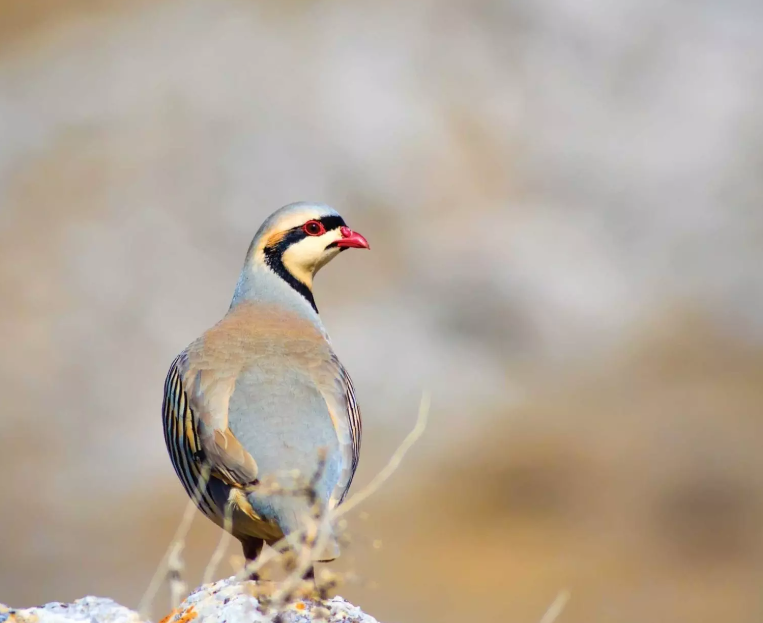The Armenia National Bird is the eagle, a symbol of strength, courage, and wisdom. This majestic bird of prey has played a significant role in Armenian culture and history. In this article, we will explore the fascinating world of the Armenian eagle, including its biology, cultural significance, and frequently asked questions.
Biology of the Armenian Eagle
The Armenian eagle, scientifically known as Aquila chrysaetos, is a subspecies of the golden eagle. It is a large raptor with a wingspan of up to 2.3 meters (7.5 feet) and a body length of 66 to 102 centimeters (26 to 40 inches). The adult eagle has dark brown plumage with golden feathers on the head and neck, giving it its name. The eagle’s sharp beak and powerful talons make it an effective predator, feeding primarily on mammals such as rabbits, marmots, and even small deer.
Cultural Significance of Armenia National Bird
The eagle has been a symbol of power and authority in Armenian culture since ancient times. It is often depicted as a guardian and protector, with its watchful eyes and powerful wings. The eagle has been featured on various Armenian coats of arms, flags, and emblems throughout history, representing the nation’s unwavering spirit and resilience.
FAQs:
1. What is the habitat of the Armenian eagle?
The Armenian eagle can be found in a variety of habitats, including mountains, forests, and grasslands. They generally prefer areas with a mix of open terrain and trees, which provide both hunting grounds and nesting sites.
2. How does the Armenian eagle reproduce?
Armenian eagles are monogamous and form lifelong pairs. They build large nests called eyries, typically on cliffs or in tall trees. The female lays one to four eggs, which are incubated for around 45 days. Both parents share in raising the chicks, which fledge after approximately 70 days.
3. What is the conservation status of the Armenian eagle?
The Armenian eagle is currently listed as a species of “Least Concern” by the IUCN Red List. However, their populations have been declining due to habitat loss, persecution, and poisoning. Conservation efforts are crucial to ensure their continued survival.
4. Are there any cultural events or celebrations associated with the Armenian eagle?
While there are no specific events or celebrations dedicated to the Armenian eagle, the bird is often featured in art, literature, and folklore. It serves as a powerful symbol of the Armenian people’s strength and resilience.
Conclusion:
The Armenian eagle is a majestic and culturally significant bird that represents the spirit of Armenia. As a top predator, it plays a vital role in maintaining the balance of ecosystems in the region. By understanding and appreciating the Armenian eagle, we can help to ensure its continued survival and celebrate its importance as a symbol of the nation’s rich history and culture.

